Medical alert systems are helpful tools for older adults living alone, those recovering from surgery or an accident, or those with health issues requiring immediate assistance. (1) Medical alert systems connect to a 24/7 professional monitoring center with the press of a button. Knowing help is only a button away can help provide a sense of security and independence. (2)
With so many medical alert systems available today, how do you know which is suitable for you or your loved one? When researching the best medical alert systems, consider lifestyle, activity level, and budget. If you’re a caregiver shopping for your loved one, empower them by including them in the decision-making process.
MobileHelp offers at-home and mobile systems that connect to a 24/7 monitoring center for $26.95–$49.95 per month. Unlike many brands, MobileHelp doesn’t offer a medical alert watch. However, if you’re looking for a basic system at a reasonable price, MobileHelp may be a good fit. After testing all models, we selected the MobileHelp Classic as our top choice due to its overall performance, affordable price, and features.
Our favorite MobileHelp medical alert system
After extensive testing, we picked the MobileHelp Classic as our favorite MobileHelp model. The at-home system’s 1,400-foot range means you can use your pendant to call the monitoring center nearly four football fields away from the base unit. (3) The Classic has sensitive fall detection, connects to non-wearable wall buttons, and is usually on sale for less than $20 monthly.
Our picks for the best MobileHelp medical alert systems
- MobileHelp Classic
- MobileHelp Classic Landline
- MobileHelp Solo
- MobileHelp Micro
- MobileHelp Home Duo Bundle
- MobileHelp Mobile Duo Bundle
Compare MobileHelp medical alert systems
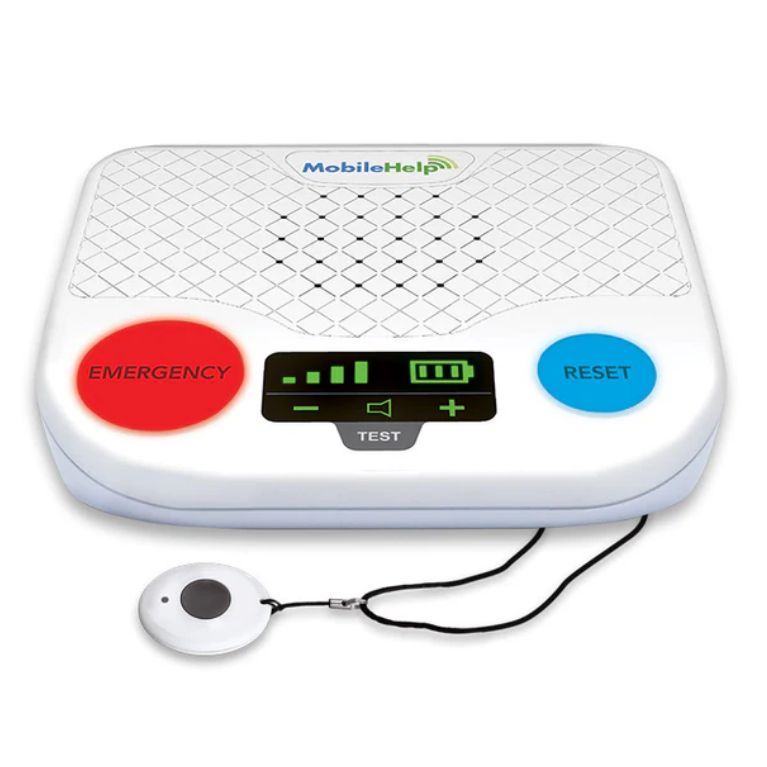
|
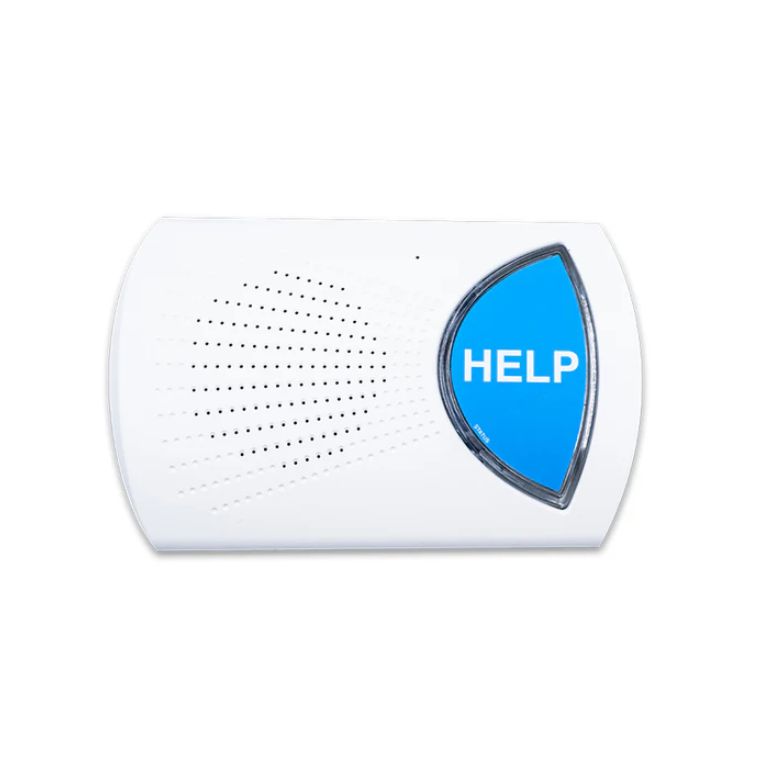
|
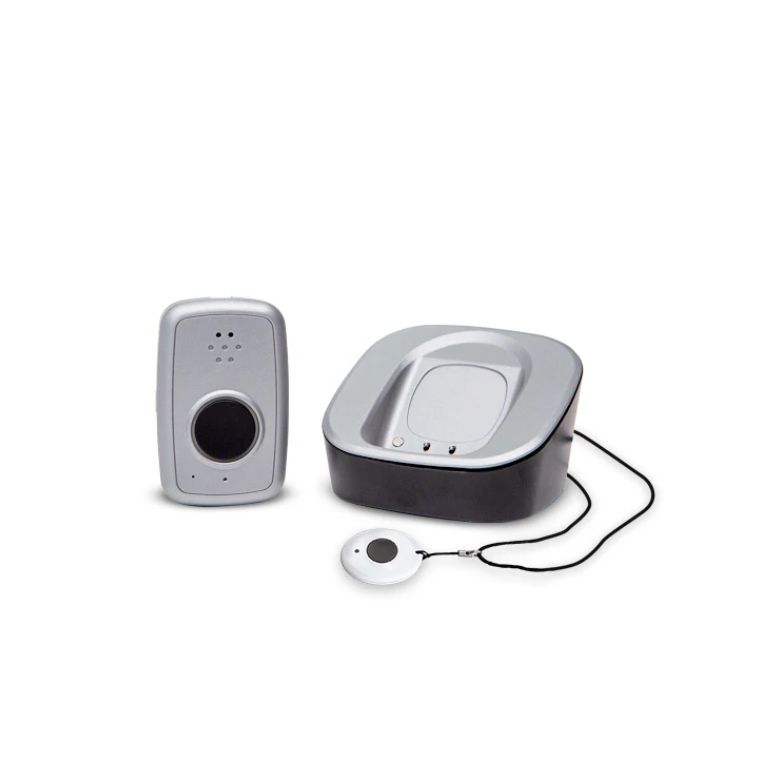
|
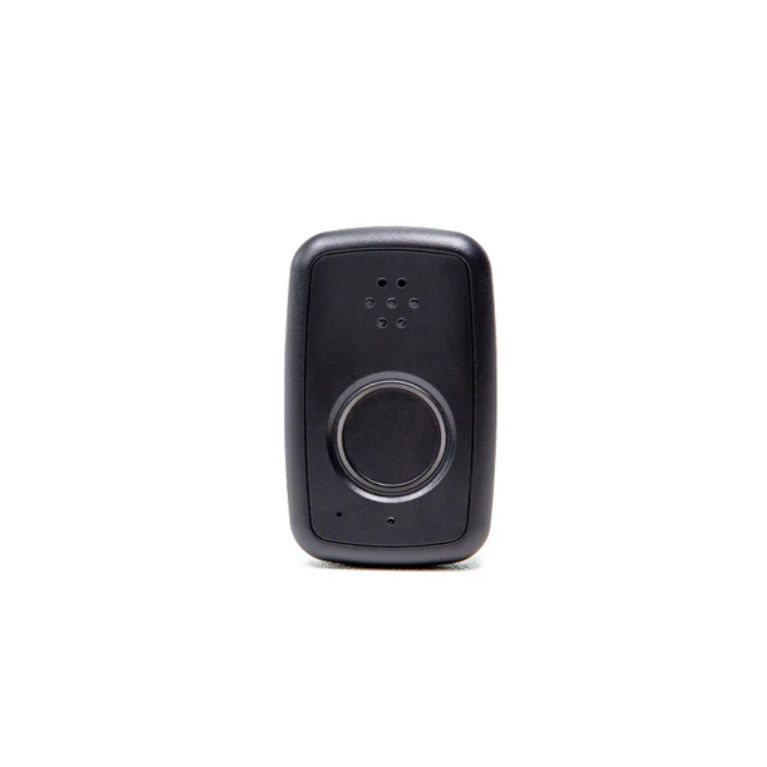
|

|
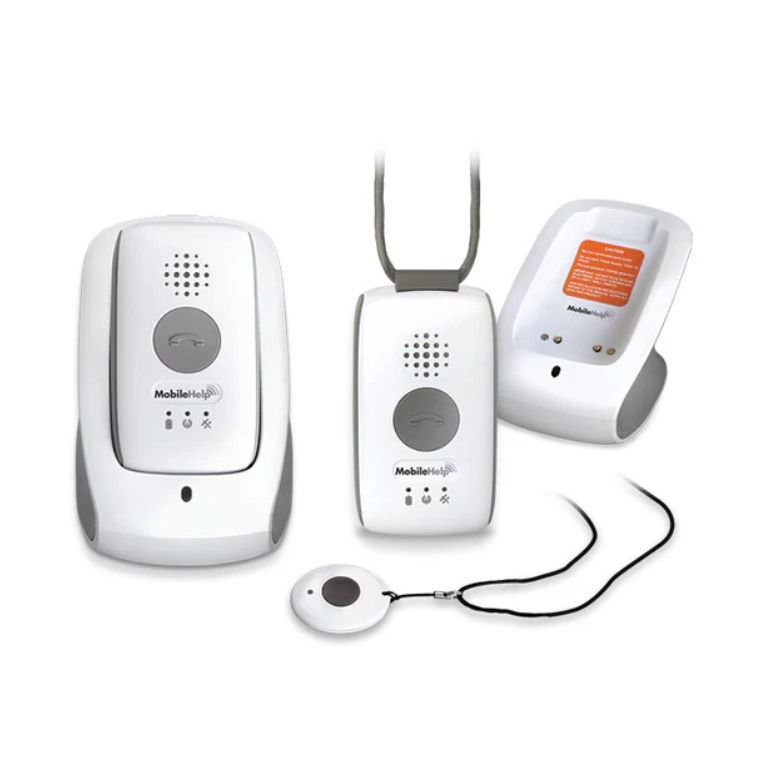
|
|
| MobileHelp Classic | MobileHelp Classic Landline | MobileHelp Solo | MobileHelp Micro | MobileHelp Home Duo Bundle | MobileHelp Mobile Duo Bundle | |
| Rating | ||||||
| Price (monthly) | $24.95 | $24.95 | $34.95 | $34.95 | $44.95 | $49.95 |
| Fall detection | Yes, $11/month | No | Yes, $11/month | Yes, $11/month | Yes, $11/month | Yes, $11/month |
| Battery life | 30 hours (backup) | 30 hours (backup) | 24 hours | Five days | 30 hours (base unit), 24 hours (mobile system) | 24 hours |
| In-home range | 1,400 feet | 600 feet | Unlimited | Unlimited | Unlimited | Unlimited |
| Location tracking | No | No | Yes | Yes | Yes | Yes |
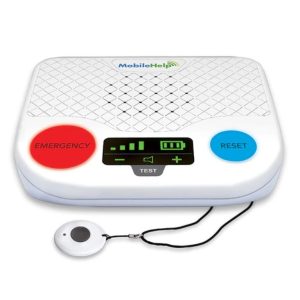

Key product features
What you should know
MobileHelp Classic is an at-home system with a 1,400-foot range between the help pendant and base unit—one of the longest in the industry. The Classic has sensitive fall detection, a simple setup process, and includes a free lockbox so emergency responders can access your home without breaking down the door. (4)
- Our testers were impressed with the Classic’s fall detection. The fall detection pendant detected both slow and fast falls, and it confirmed a fall was detected less than 10 seconds after each test fall.
- The monthly monitoring fee is $24.95, and there are no equipment or processing fees.
- We recommend MobileHelp Classic for those who only need monitoring in and around the home. The 1,400-foot range between the base unit and wearable pendant should cover most large homes and spacious backyards.
- During some test calls, the base unit’s speaker was low, making it difficult to hear the monitoring center agent.
- You have the choice of a necklace, bracelet, or wall button that pairs with your MobileHelp Classic. We suggest choosing a wearable option and adding wall buttons ($2 per month) to place in the bathroom, bedroom, and other fall-risk areas. (5)
MobileHelp Classic overview
The MobileHelp Classic is the brand’s flagship product. The at-home system features a base unit and a necklace or bracelet that contacts the monitoring center within 1,400 feet of the base unit (the length of nearly four football fields).
When you press the help button on the base unit or your wearable pendant, a monitoring center agent speaks with you through the base unit’s two-way speaker. Depending on the situation, the agent sends emergency services to your home, contacts your loved ones, or both. If you can’t communicate with the agent or are outside the base unit’s speaking range, the agent will automatically send emergency services to your home. Unfortunately, the wearable pendant doesn’t have a two-way speaker. Don’t let this stop you from pressing your bracelet or necklace during an emergency—even if you can’t communicate directly with the agent, they’ll send help.
The base unit speaker quality could have been more consistent during our testing. Sometimes, the agent’s voice was clear and carried across the room, but during other test calls, the speaker sounded garbled and low. When testing your speaker, pay attention to the volume and clarity. Always contact customer service if you’re having trouble hearing or understanding the agent’s voice through the speaker.
The Classic’s quick start guide has simple directions that are easy to follow when setting up the device. We appreciate the large font and pictures that guide you through the process. MobileHelp also offers helpful online videos that walk you through the setup process and answer frequently asked questions. The only thing that wasn’t clear was that we had to pair the pendant with the base unit before using it. Eventually, we figured out how to pair the devices, but we wish the instructions stated this more explicitly.
We highly recommend adding fall detection to your MobileHelp Classic. Even though it’s higher than average ($11 per month), the fall detection necklace was one of the most impressive features. The necklace detected all slow falls and all but one fast fall, which is excellent compared to most fall-detection devices we’ve tested. According to research, fall detection is most accurate when placed at the chest or neck level. (6)
The necklace verbally confirmed it detected a fall less than 10 seconds after each test fall. Experiencing a fall can be frightening and painful, but knowing right away that your system is contacting the monitoring center may bring some comfort and reassurance. Although it took about a minute and a half on average to reach the monitoring center, we’re glad the system quickly confirmed the fall had been detected and that it was contacting the monitoring center. Getting help after a fall is crucial since research shows that lying on the floor for over an hour is related to hospital admission, serious injury, or long-term care. (7)
Sensitive fall detection may mean false alarms, but you can cancel the call before reaching the monitoring center. The necklace detected a “fall” as one of our testers placed it around their neck, but they canceled the call by pressing the button for at least five seconds. If you can’t cancel in time, wait for the agent to answer and tell them it’s a false alarm—you’ll never be penalized for false alarms.
With its impressive fall detection, extensive 1,400-foot coverage, and frequent discounts, we think the MobileHelp Classic is an excellent at-home system for monitoring in and around your home.
| Monthly cost | $24.95 |
| Trial period | N/A |
| Fall detection | $11 per month |
| Average response time | 60+ seconds |
| Connectivity | AT&T cellular |
| App | iOS, Android, online portal |
| Available accessories | Wall buttons, lockbox (included), extra pendants |
What customers are saying
The MobileHelp Classic has a 4.1 out of 5-star rating on Amazon. One reviewer praises the peace of mind they have knowing their father has the device.
“Bought this for my father. Knowing that he can get assistance at any time has been a big relief. MobileHelp has 2-way communication built-in. The service checks in quite often to ensure everything is working correctly. He has used this for over 10 years and has never had a problem with the equipment or service. When you call for help, they ask what you need and can alert family, police, and/or ambulance. I would highly recommend MobileHelp for anyone at any age.”
Sherry, Amazon Reviewer
MobileHelp has a 4.8- out of 5-star rating on Trustpilot based on more than 5,000 reviews. Most reviews don’t mention specific devices, but many praise MobileHelp’s helpful sales representatives and high-quality customer service.
“I had researched what seems like an unending amount of medical alerts and could not be happier with the one I chose. Customer Service has been outstanding, and the gentleman walking me through the first test was patient and understanding. Once again, I’m pleased with my choice to be proactive.”Kady,
Verified Trustpilot Reviewer
Other reviewers thought it was easy to set up and test the device with guidance from a customer representative. Some reviewers had cancelation or shipping issues, while others reported their pendants didn’t connect to the monitoring center.
Who MobileHelp Classic is recommended for:
While we offer our general recommendations, please consider your or your loved one’s needs and preferences when deciding if the MobileHelp Classic is the right option.
- Anyone who lives alone but is accompanied by a caregiver outside the home: We recommend the Classic if you only need monitoring in and around your home.
- People with a high risk of falls: The Classic’s sensitive fall detection is an excellent precaution for anyone at risk of falling due to mobility issues, taking four or more medications, poor vision, gait issues, or a history of falls. (8)
- Those with a large home or yard: The extensive 1,400-foot range between the base unit and pendant is nearly four football fields in length. Signal strength may vary according to your home build and location, so always test the farthest connection between your pendant and base unit when receiving your at-home system.
Most people associate medical alert systems with medical emergencies, but you can contact the monitoring center for emergency and non-medical emergency situations, such as a fire, home intrusion, or being locked out of your home.
Who MobileHelp Classic is not recommended for:
- People with an active lifestyle outside the home: Since the Classic only connects to the monitoring center in or around your home, people with an active lifestyle—especially those who drive independently, should consider a mobile system. We recommend the Micro or Solo mobile systems for monitoring anywhere.
- Those prone to wandering: We don’t recommend the MobileHelp Classic if your loved one has dementia or Alzheimer’s and is prone to wandering. (9) The Classic doesn’t have active GPS tracking to locate your loved one’s location outside the home.
- Anyone who needs frequent or around-the-clock care: If your loved one requires intensive care, we don’t recommend a medical alert system to replace in-person assistance, monitoring, or caregiving. (10)
- Those living in an area with poor cellular service: Since the Classic connects to the monitoring center via cellular service, it may only be reliable if you have good service in your area. We recommend the Wired at-home system that uses landline connectivity.
How we rated the MobileHelp Classic
We research and test medical alert systems during our thorough review process. We aim to offer you unique, firsthand insights into medical alert systems that aren’t on product pages. We’ve rated each medical alert system based on its reliability, performance, ease of use, value, and more.
Medical alert systems are crucial, potentially life-saving devices, and we understand that choosing the right one isn’t easy. Our goal is to provide transparent, honest reviews to make researching and selecting a medical alert system less overwhelming. Read our full medical alert system testing methodology to learn more about our testing process.
Reliability and response—40%
This category is the most crucial of our medical alert system evaluation process. We assess each device’s capacity to provide a dependable and swift response when it matters most.
- Response time
- Signal range
- Battery life
- Water resistance
- Fall detection
Ease of use and accessibility—30%
Users need to be able to incorporate the technology into their daily lives, especially during emergencies. That’s why we scrutinize how user-friendly and accessible the medical alert systems are, especially when considering those with disabilities and limited technological proficiency.
- Wearability
- Voice clarity and volume
- Setup and use
- Accessibility features
Value—20%
We evaluate value not only in terms of price but also in quality, reliability, and features offered. We also factor in price transparency, subscription fees, add-on services, and more to provide a full look at each medical alert system’s total cost.
- Initial cost vs. ongoing fees
- Contract flexibility
- Included features vs. add-ons
- Insurance
Customer experience—10%
Customer interactions are crucial when purchasing a device for emergency purposes. We evaluate the interactions and support users receive for each medical alert system because it directly impacts their ability to rely on the device for safety and well-being.
- Shipping
- Warranty
- Customer support
Additional models from MobileHelp
MobileHelp Classic vs. Classic Landline
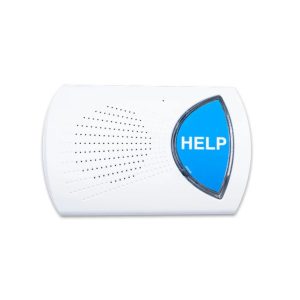

Key product features
What you should know
The Wired connects to the monitoring center via a landline connection. We recommend MobileHelp Wired if your area has unreliable or poor cellular service, but it has limited features compared to the Classic.
- The Wired’s connection range between the base unit and pendant is 600 feet compared to the Classic’s 1,400 feet. The Classic has more than double the coverage of the Wired.
- This is the only MobileHelp system that doesn’t offer fall detection.
- Wall buttons aren’t compatible with the Wired.
MobileHelp Classic vs. Solo
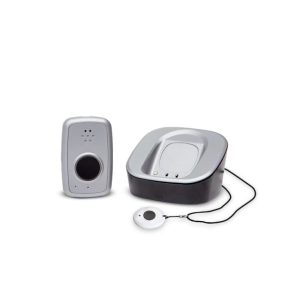

Key product features
What you should know
The Solo mobile system connects with a help button or fall detection pendant, allowing you to tuck it away and use the smaller bracelet or necklace. While the device is larger and bulkier than MobileHelp’s other mobile system, the Micro, we recommend the Solo if you want on-the-go coverage without wearing a mobile device around your neck. Instead, you can wear the small necklace or bracelet pendant and hide the Solo in your pocket or purse. Just press your pendant and connect to the monitoring center through the Solo.
- The Solo functions like a portable at-home system since it connects with a pendant or fall-detection necklace.
- It has a two-way speaker and GPS tracking, but its battery life is only 24 hours, so you’ll need to charge it daily.
- If you add fall detection to the Solo, the feature isn’t built into the device—you’ll receive a separate fall detection necklace. We think this is a cumbersome, awkward design, but some may like wearing the fall detection necklace instead of the Solo. We recommend tucking the Solo in your pocket, purse, or bag when wearing the fall-detection necklace.
MobileHelp Classic vs. Micro
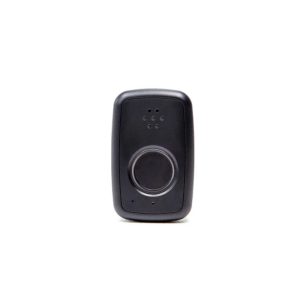

Key product features
What you should know
The MobileHelp Micro is a compact, lightweight mobile necklace with sensitive fall detection, five-day battery life, GPS tracking, and a two-way speaker. We recommend this mobile device for people who live active lifestyles, drive independently, and enjoy activities and errands outside their homes.
- The Micro has impressive fall detection. It detected 100% of slow and fast test falls, while the Classic detected over 80% of them.
- You can speak directly to an agent through the Micro’s two-way speaker whenever you contact the monitoring center. With the Classic system, you must be near the base unit to communicate with the agent since the pendant doesn’t have a speaker.
- The small buttons on the side of the device may be hard to press, especially for users with limited dexterity or arthritis.
MobileHelp Classic vs. Home Duo Bundle
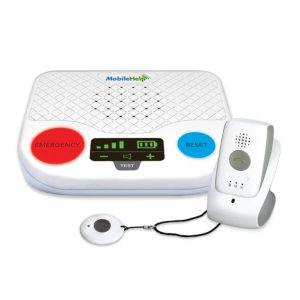

Key product features
What you should know
The MobileHelp Duo is a bundle package offering the Classic and Solo systems for one monthly monitoring fee. The bundle may be great if you and your loved one have different activity levels or lifestyles. You can take the Solo when you leave the house while the Classic monitors your partner if they stay home. If you go out together, bring one mobile system for a constant connection to the monitoring center.
- You’ll save nearly $30 monthly when bundling the two systems instead of buying them separately.
- The Duo bundle only includes one pendant. You must purchase a second pendant for $2 per month if you’re monitoring two people.
- If you both need fall detection, you’ll need to buy two fall necklaces for $11 per month each.
MobileHelp Classic vs. Mobile Duo Bundle
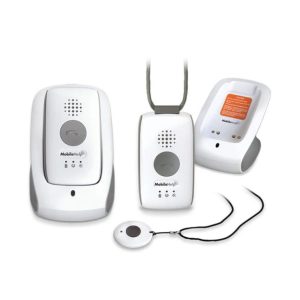

Key product features
What you should know
The Mobile Duo bundles two Solo devices for a discounted monthly price. We like this option if you and your partner have an active schedule and want coverage when running errands, meeting up with friends and family, or doing other activities outside the home. Unlike the Duo bundle, you each get a mobile device. The Mobile Duo may also be fitting for roommates with separate schedules—instead of buying two Solo devices for $41.95 per month, the bundled subscription breaks down to $25 per month for each device.
- The Solo systems connect to the monitoring center anywhere with AT&T cellular service, have a two-way speaker, and GPS tracking.
- Like the Duo bundle, the Mobile Duo only includes one pendant, so you’ll need to purchase a second pendant for $2 per month.
- Fall detection isn’t built into the Solo device. You need to purchase fall-detection necklaces for $11 per month. We recommend tucking your Solo system in your pocket or purse when wearing the fall detection necklace.
Compare MobileHelp
Many competitors offer systems similar to the MobileHelp Classic. Medical Guardian MGHome Cellular monthly monitoring is more expensive, but fall detection is $10 per month instead of $11 monthly. We recommend Medical Guardian if you’re looking for a more involved, updated caregiver app that allows you to chat with designated caregivers. Bay Alarm Medical SOS Home is the only at-home system that detected 100% of our test falls so that fall detection may be even more sensitive than the Classic.
ADT Medical Alert Plus offers free shipping, a free warranty, and no extra equipment fees, but the 600-foot range is short compared to MobileHelp and other popular brands. LifeFone At-Home Cellular offers it for $5 per month if you’d like to save on fall detection. We also like the daily check-in services available with LifeFone.

|
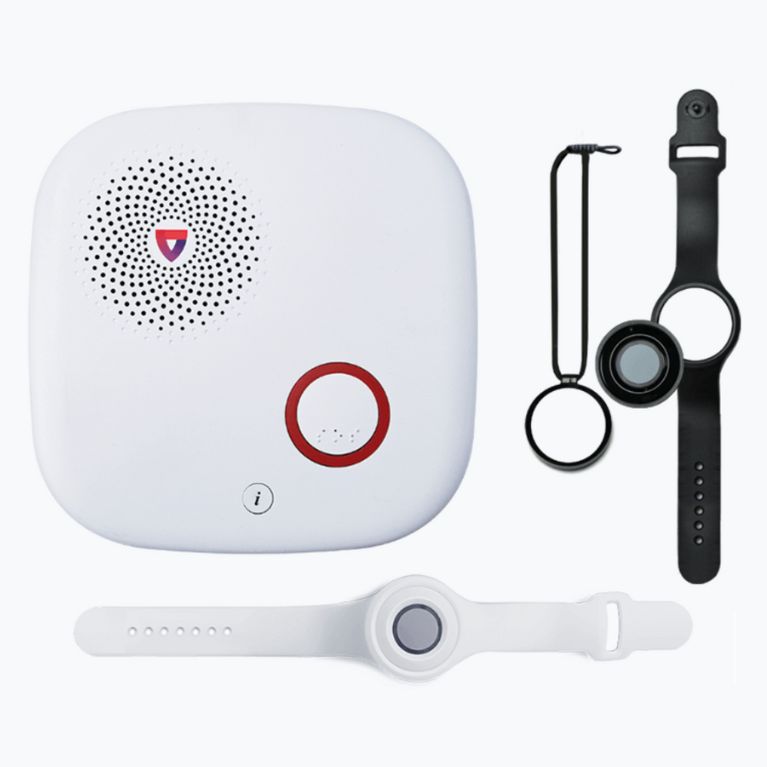
|
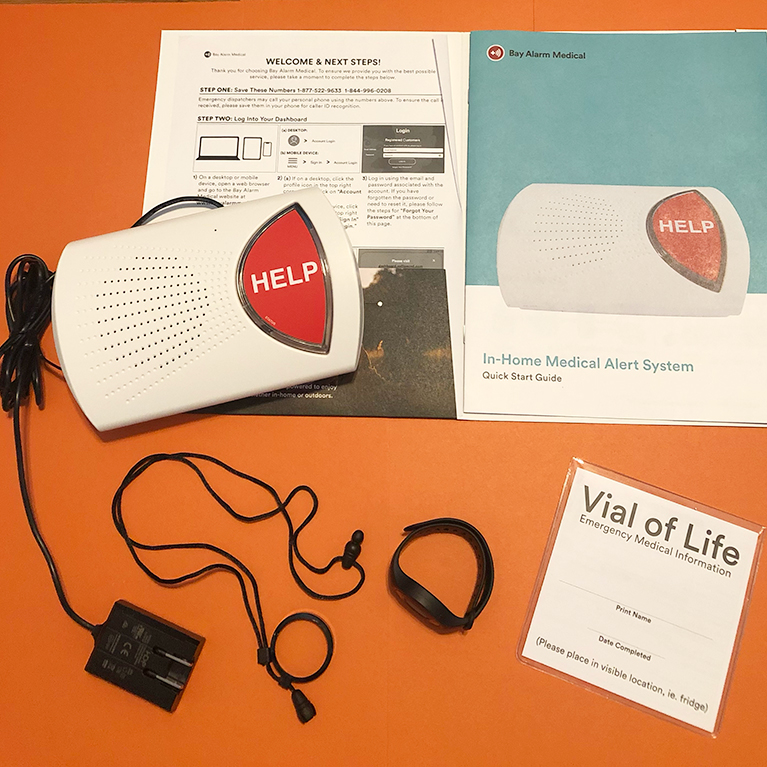
|
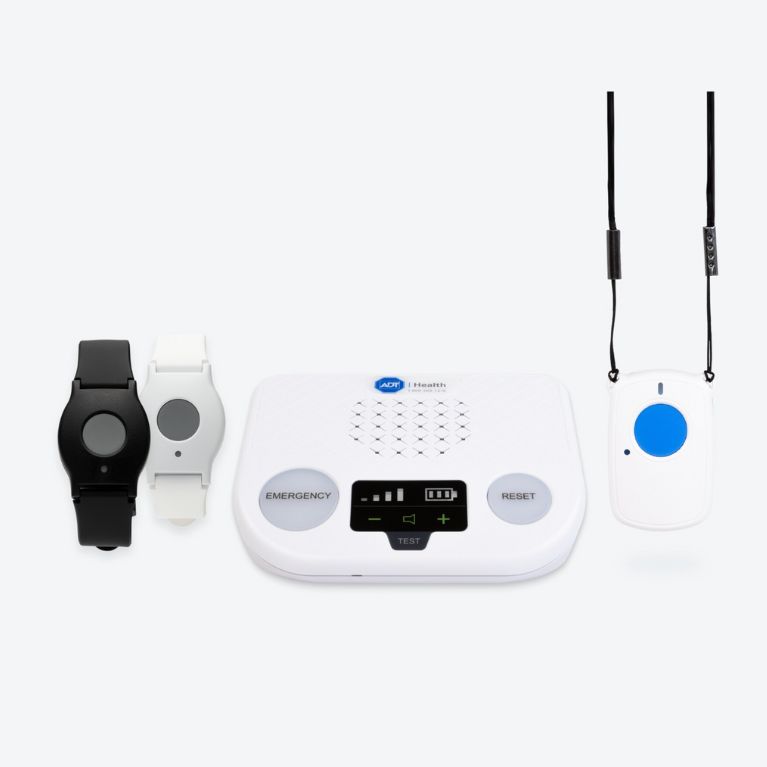
|
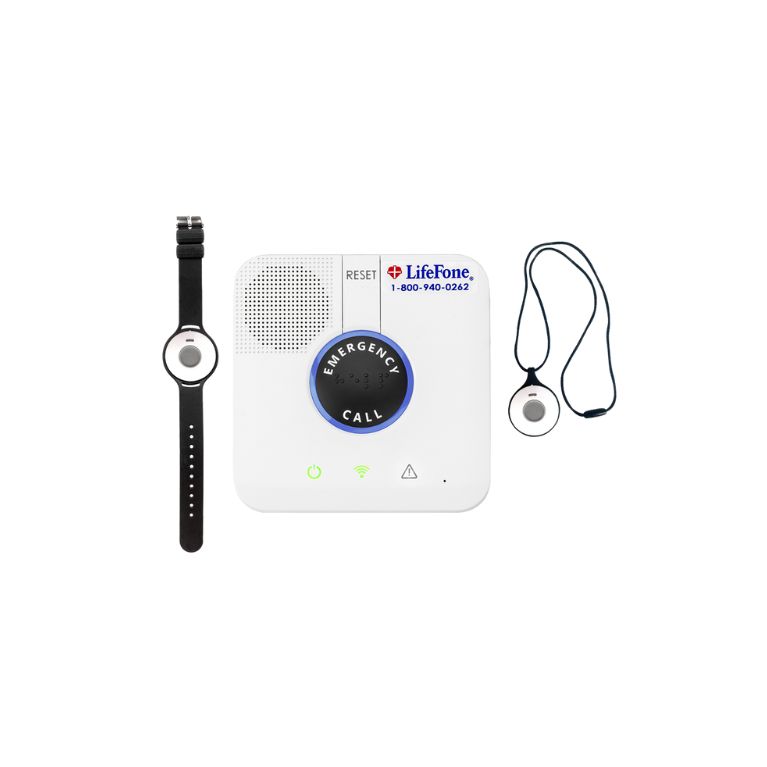
|
|
| MobileHelp Classic | Medical Guardian MGHome Cellular | Bay Alarm Medical SOS Home Cellular | ADT Health Medical Alert Plus | LifeFone At-Home Cellular | |
| Rating | |||||
| Price | $24.99 | $34.99 | $29.95 | $39.99 | $34.95 |
| Equipment fee | $0 | $0 | $30 | $0 | $0 |
| Fall detection | Yes, $11/month | Yes, $11/month | Yes, $10/month | Yes, $11/month | Yes, $5/month |
| Battery life | 30 hours (backup) | 30 hours (backup) | 32 hours | 20 hours | 32 hours |
| In-home range | 1,400 feet | 1,400 feet | 1,000 feet | 600 feet | 1,300 feet |
FAQs
What network does MobileHelp use?
MobileHelp uses the AT&T cellular network. You don’t have to be an existing AT&T customer; the price is included in your monthly monitoring fee. You can review the AT&T map to see if coverage is available in your area. (11)
Does MobileHelp require a contract?
MobileHelp doesn’t require a contract. You can choose a monthly, quarterly, semi-annual, or annual subscription that can be canceled anytime without penalty. Once you cancel your subscription and return your equipment, you may receive a prorated refund, depending on your subscription plan.
How much does MobileHelp cost per month?
MobileHelp costs $24.95–$49.95 monthly, depending on your chosen system. Fall detection is an additional $11 per month.
We’ve Featured MobileHelp in:
- Best medical alert systems
- Best medical alert necklaces
- Best medical alert bracelets
- Best fall detection devices
Our experts
Anju Goel, M.D., MPH
Anju Goel, M.D., MPH, is a public health consultant and physician in California with a focus on communicable diseases, health policy, health promotion, and disaster preparedness. She’s also a consultant for the Centers for Disease Control and Prevention (CDC) on the COVID-19 response. Dr. Goel received her medical degree from Stanford University School of Medicine and her master of public health from Columbia University Mailman School of Public Health. She’s board-certified by the American Board of Internal Medicine.
Krista Manning
Krista Manning is an accomplished medical copy editor and fact-checker who stands out in the pharmaceutical, health, and wellness domains. With a meticulous eye for detail and a command of medical language, Krista ensures the accuracy and clarity of content. Beyond her professional expertise, Krista is an advocate for mental health awareness. Recognizing the crucial intersection of psychological and physical well-being, she actively contributes to projects that promote mental health awareness within the healthcare narrative. Krista’s commitment extends beyond the pages she edits, emphasizing the holistic nature of health communication.

Emily Breaux
Fortune Recommends Sr. Staff Writer
About Author
Emily is a health and wellness writer with a background in marketing and secondary education. She enjoys covering wellness topics that help readers navigate aging, caregiving, sleep, and nutritional health. Emily specializes in medical alert systems and has hand-tested more than 20 devices. Her work has been featured in National Council on Aging, HelpGuide, AgingInPlace.org, and MarketWatch.
Emily is based in New Orleans and enjoys neighborhood walks, practicing yoga, performing in local theatre productions, and finding her next read at the library.
